Explanation
The Bank of Korea Money Museum introduces the history of the currency culture home and abroad through the history and documents related to the Bank of Korea. The museum is not just a cultural space, but also a great place for hands-on education. Exhibitions explain the minting process and the recognition of counterfeits as well as displaying systematic research documents on money and the state economy.
Homepage
museum.bok.or.kr (Korean, English)
Information Use
Years experience : Open to visitors of all ages (Exhibition explanation: elementary school students and older)
Experience Guide : Exhibitions
Experiences
Money Culture Lecture
Experience Education
Contact and Information : • 1330 Travel Hotline: +82-2-1330
(Korean, English, Japanese, Chinese)
• For more info: +82-2-759-4881~2
Parking facilities : Available for people with disabilities and group visitors
Day off : Mondays, Seollal (Lunar New Year's Day) & Chuseok (Korean Thanksgiving Day) Holidays, December 29-January 2
Hours : Tuesday-Sunday 10:00-17:00
More information
Restrooms
Available
Admission Fees
Free
[Guided exhibition] On-site registration on a first-come, first-served basis (twice a day 11:00, 15:00)
[Groups] Must be minimum of 20 people and maximum of 40 people. Reservation required one day in advance.
[Education] On-site registration on the day (refer to website for schedule)
Available Facilities
Information desk, gift shop, wheelchair/stroller rental, rest area, lockers, photo zone, etc.
Interpretation Services Offered
Available for groups of 20 people or more (English, Japanese, Chinese)
Reservation Info. for Natives
Reservation for groups of 20 people or more must be made in advance.
* Guided tour available to groups of 20-40 people (kindergarden groups not allowed)
* Students must be accompanied by a teacher
Location
39, Namdaemun-ro, Jung-gu, Seoul
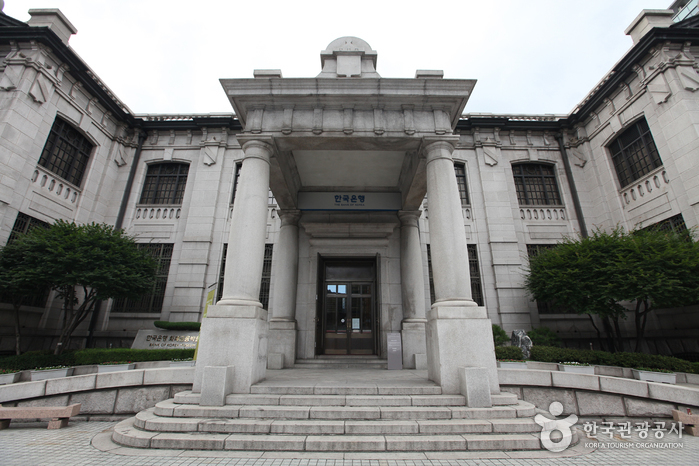
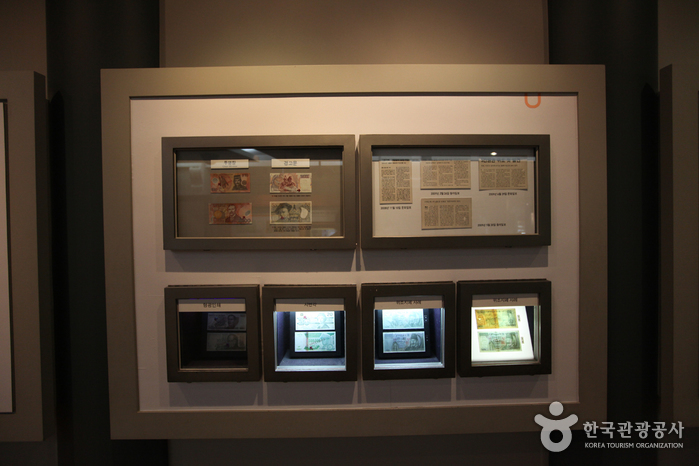
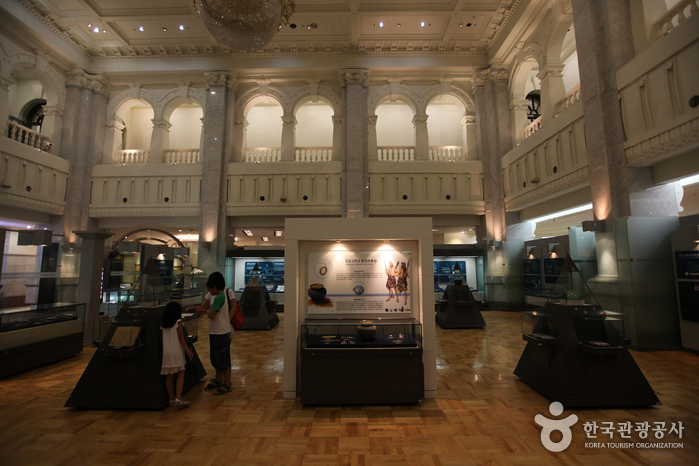
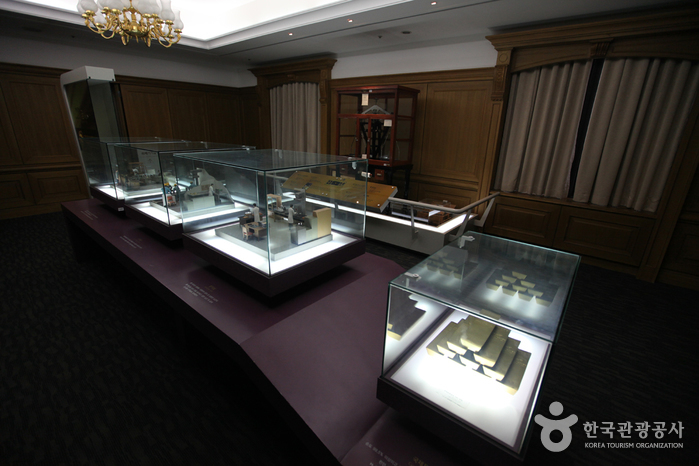
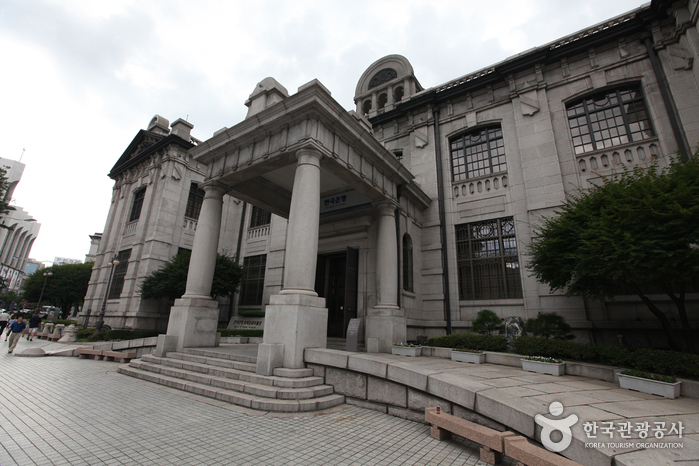
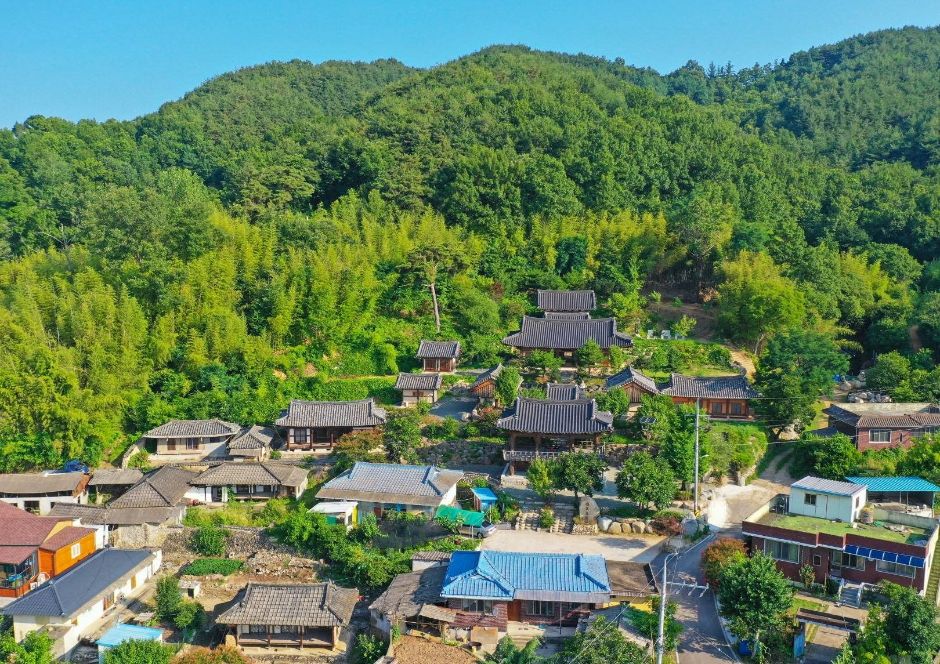

 English
English
 한국어
한국어 日本語
日本語 中文(简体)
中文(简体) Deutsch
Deutsch Français
Français Español
Español Русский
Русский